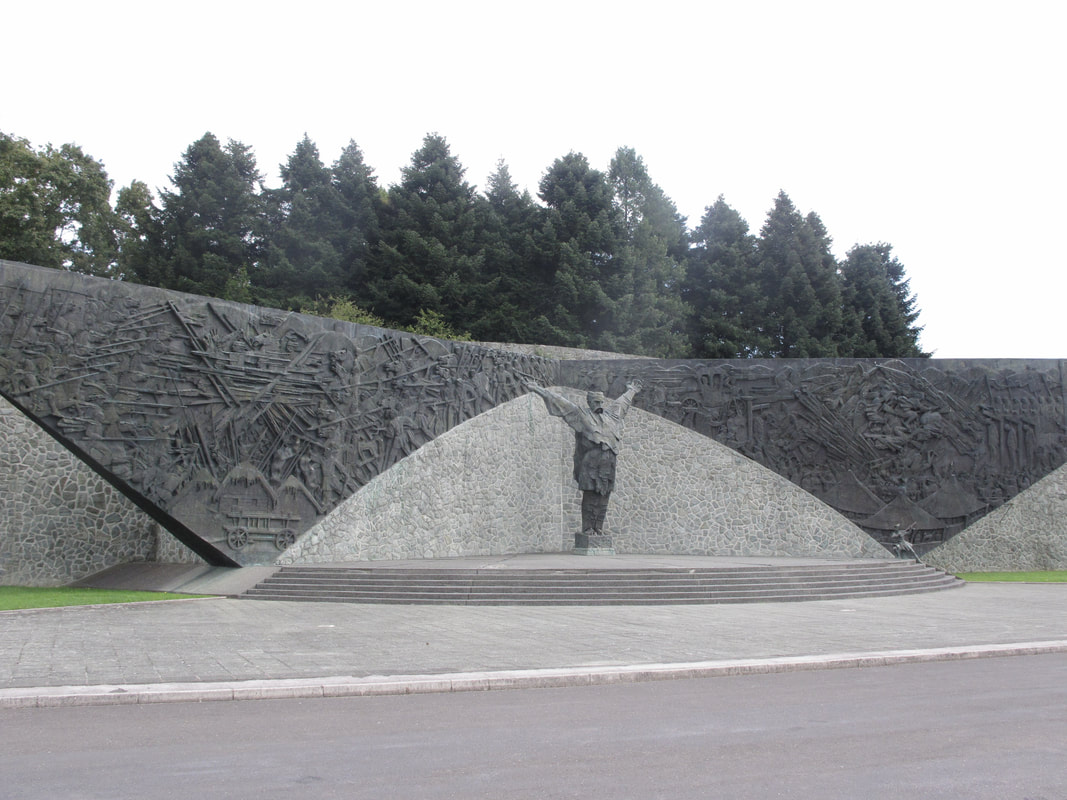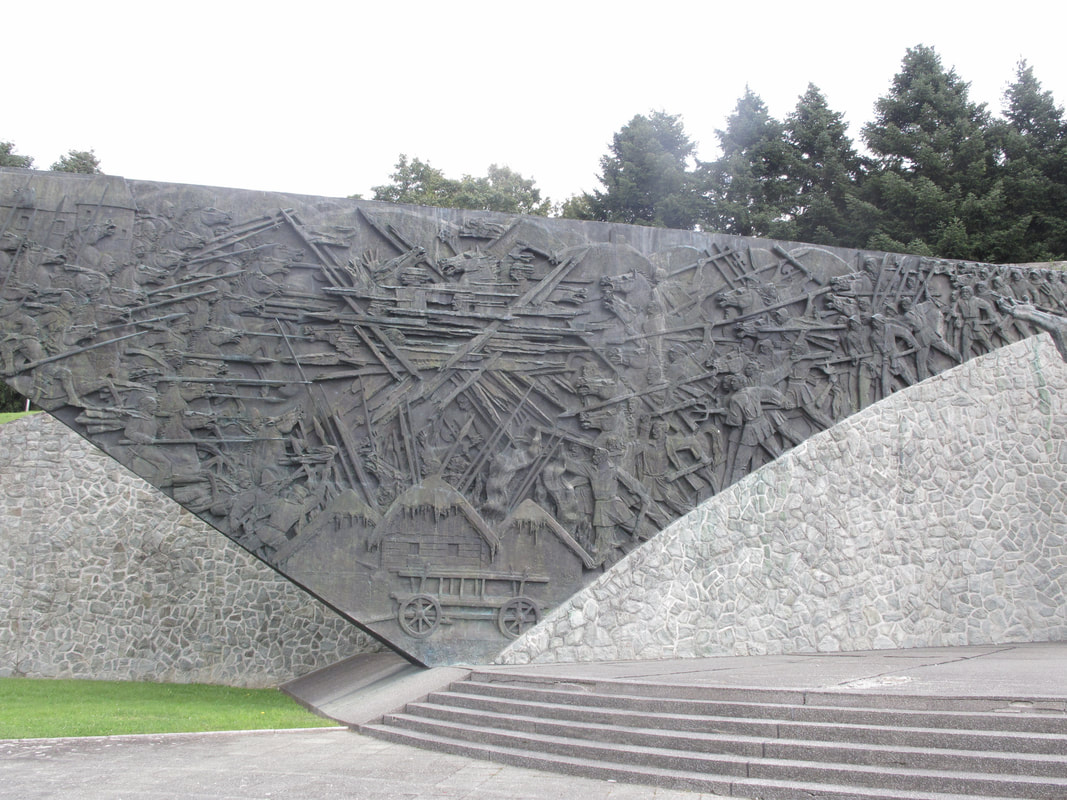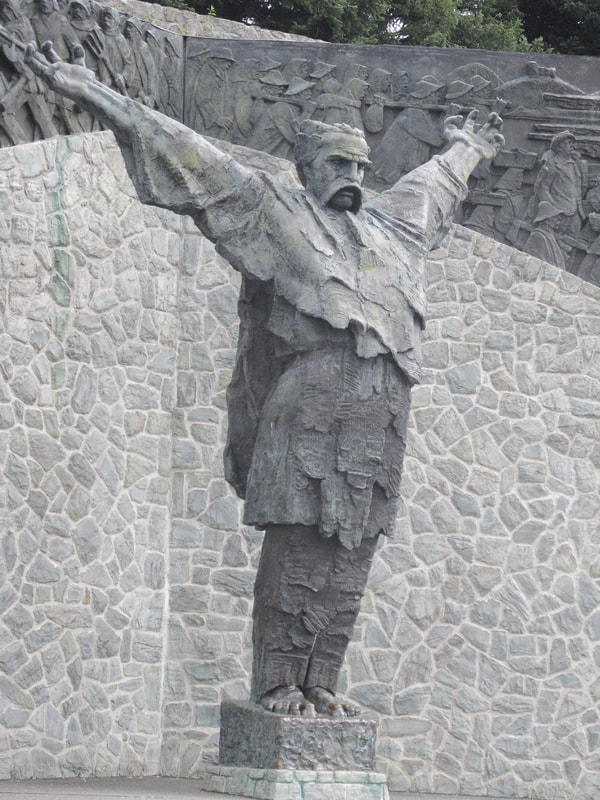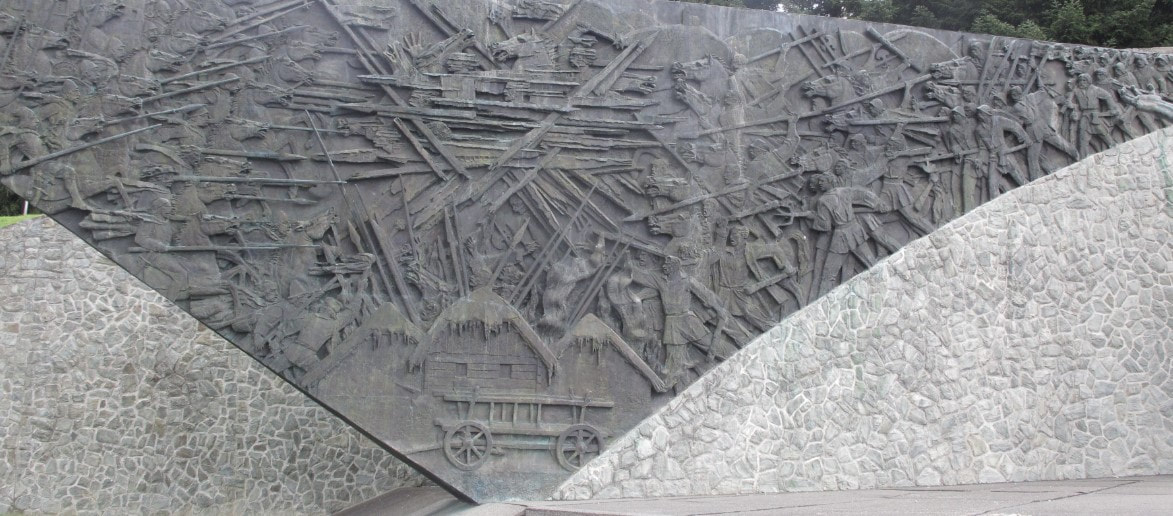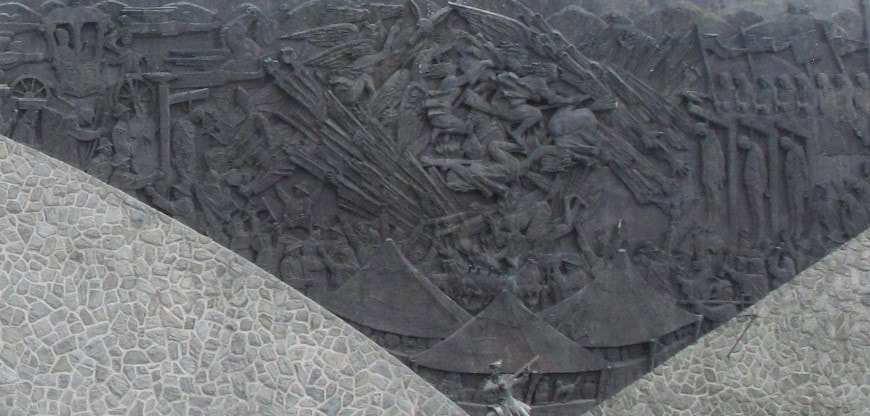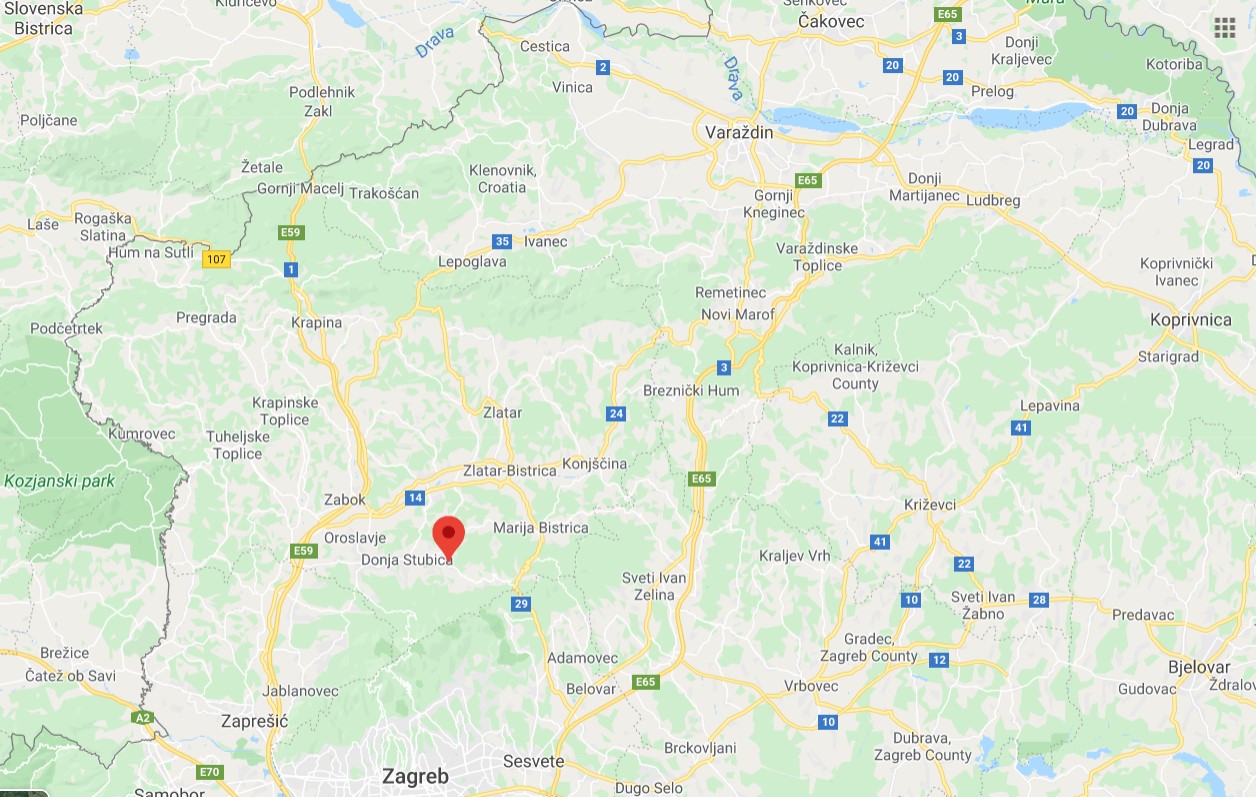About Croatia: Where/What/Who is that? #003A rebel
An inspiration, but 'just' a peasant
Commemorating the most important character in an event that happened nearly 450 years ago ....
What a powerful memorial, but the photos don't do it justice. If you have seen it in person, you will know what I mean. If not, go see it as soon as you can!
Do you think that the man portrayed has some strength of character?
I don't think that I would have picked a fight with him!
Is it true that he was tortured, killed and buried in front of St Mark's church in Gornji Grad, Zagreb?
To find out about him and the events in which he was the leading figure, read below ....
Aha! So this is who it is! ........ Matija Gubec
This very large commemorative artwork is in honour of a famous guy called Matija (real name Ambroz) Gubec, a peasant who lived in an area north of Zagreb from 1548 until 1573.
Why would a peasant be so revered? In 1573 (Note that is the same year as his death) he was the leader of the Croatian-Slovene peasant revolt that attempted – and failed – to overthrow the noble families who treated their serfs so harshly.
Matija Gubec led the peasant army during its last stand at the Battle of Stubičko Polje on 9 February 1573.
The spirit of the peasants was not enough to overcome the difference in armaments – the peasants’ farming implements against the relatively sophisticated weaponry of the baron’s army, many on horseback. After the defeat he was captured and taken to Zagreb. On 15 February he was publicly tortured, being forced to wear a red-hot iron crown, cruelly dragged along the streets of the city, pinched with red-hot iron pincers, and was subsequently quartered in St Mark’s Square (Trg Svetog Marka, or Markov Trg). He was only 25 years old! Although the revolt failed, Gubec still is an inspirational figure in Croatian history. There are approximately 350 streets in Croatia named after him – more than any other person.
The sculptured artwork that is the background to the statue is detailed and confronting. Here are close-ups of the two sides of the structure:
On the left side are battle scenes above representations of village life and the peasants. On the left are the nobleman’s cavalry advancing with spears toward the peasant carrying their farming implements.
On the right are pictured some grisly representations of the aftermath of the battle.
This memorial is situated at Gornja Stubica, quite close to where the Battle of Stubičko Polje took place.
You might be able to position Gornja Stubica (at the red dot) with respect to other well-known places such as Zagreb, Kumrovec, Krapina, Trakošćan, Varaždin, and (just a little to the east) Marija Bistrica. Look them up: each of them is very much worth a visit.
An interesting and informative museum dedicated to the peasants’ revolt is nearby. There is an excellent website related to this Muzej seljačkih buna.
Getting around
You can browse or search this website in the following ways:
AHA! Learning Croatian with Bob
Correspondence: [email protected]
0 Comments
|
